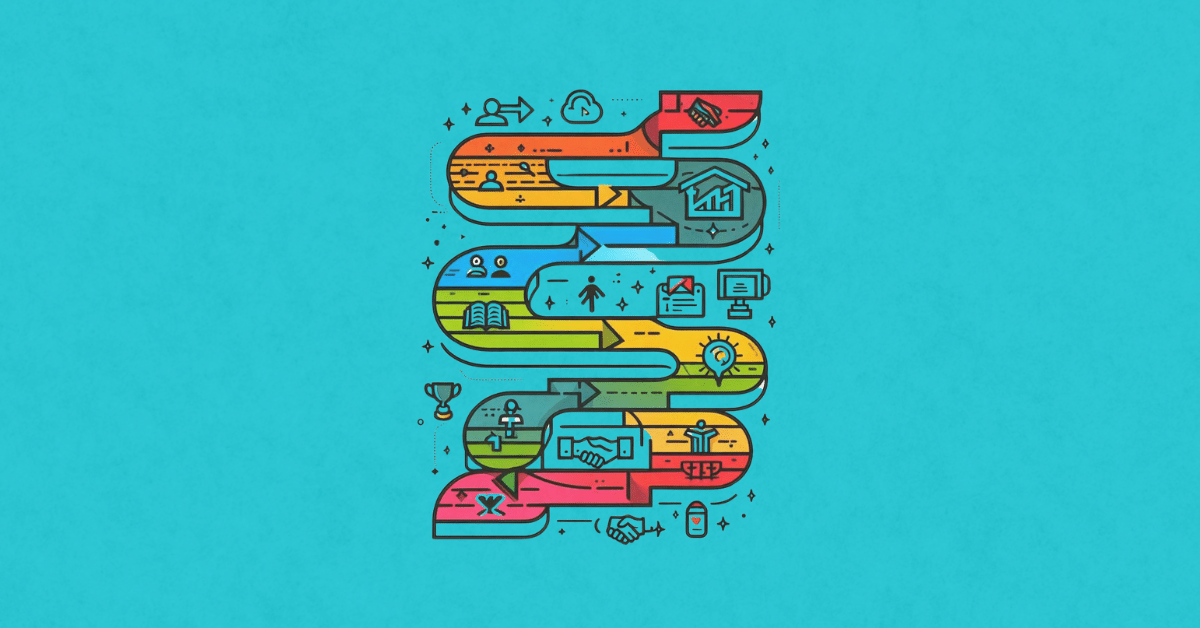You’ve been studying Scrum, reading all the things, and have taken or plan to take a class or two because you realize being Agile will be important to your team and your company.
Now the question is: What roles do I need to fill to make up my Scrum Team?
The simple answer is: a Product Owner, a Scrum Master, and Developers.
The Scrum Team is the foundation of Scrum. Without the team, you’re not getting any work done. As the Scrum Guide explains: the team is “a cohesive unit of professionals focused on one objective at a time…” Scrum Teams are cross-functional, self-managing, and small enough to move fast, yet they are still large enough to get meaningful amounts of work done during a sprint and can complete work at a sustainable pace.
The Product Owner
The Product Owner (PO) manages the Product Backlog and, by doing so, maximizes the value of the work of the Scrum Team. The PO creates and communicates the Product Backlog Items; prioritizes the Team’s work; and makes sure the Team’s work is transparent.
While the PO may or may not do any of the work during the Sprint, she is ultimately accountable and responsible for the work the Scrum Team produces. While a part of the Team, the PO also represents the needs of the stakeholders. She is also the gatekeeper to the Team’s backlog and is the person who should be consulted to add work to that backlog.
The Scrum Master
While the PO is accountable for the Team’s work, the Scrum Master (SM) is accountable for the Team’s effectiveness. It is the Scrum Master who works with the Team so everyone understands Scrum as well as how the Team’s Scrum works within the overall organization’s Scrum. The SM also uses the Scrum framework to help the Team improve.
The SM serves as the team coach, helps the team focus on the Sprint, removes impediments, and manages the Scrum Events. The Scrum Master also works closely with the Product Owner to effectively manage the Product Backlog, and ensure the Product Backlog Items are clear. Within the organization, as a whole, Scrum Masters work directly on Scrum adoption and implementation and helps remove barriers between stakeholders and Scrum Teams.
Developers
However, without Developers there is no Team or work getting done. The Developers are team members who do the work to get a releasable increment complete within the Sprint. They craft the Definition of Done, plan and adapt the work brought into the Sprint, and hold each other professionally accountable.
The skills needed by the Team’s Developers will vary depending on the organization. When Scrum was developed, the focus was on software development (hence the term “Developers”). However, as more and more organizations outside of software development adopt Scrum and Agile, some teams are using “team members” instead of “developers” to be more inclusive of the work being done.
Ready for a deeper dive into Scrum Teams? Visit cavu.co to explore our course offerings including How To: Start a Scrum Team.






















